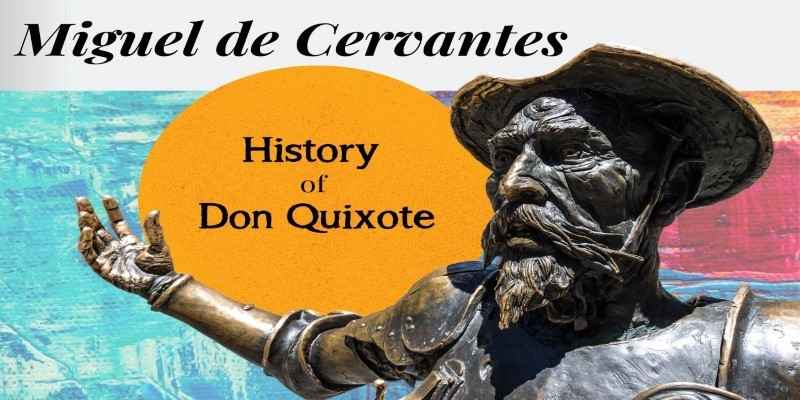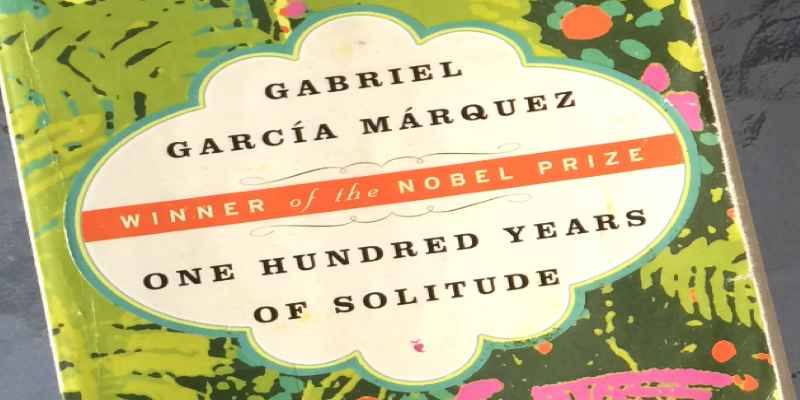Miguel de Cervantes' "Don Quixote" is a classic that has fascinated readers for centuries. Let's delve into the fascinating world of this iconic literary work, exploring its publication history, providing a summary, delving into major themes and characters, listing notable English translations, and examining its enduring legacy.
Released in two installments, "Don Quixote" emerged in 1605, followed by a sequel in 1615. Originally named "The Ingenious Gentleman Don Quixote of La Mancha," Cervantes' magnum opus swiftly gained acclaim. The novel's immediate success can be attributed to its distinctive narrative style, seamlessly intertwining humor with profound insights. Unlike contemporary literature, "Don Quixote" stood out, captivating audiences with its unparalleled approach.
Through his brilliant storytelling, Cervantes carved a niche that transcended the norms of his era. The title character's whimsical yet poignant adventures, driven by an obsession with chivalric romances, not only entertained but also sparked contemplation on the blurred lines between reality and imagination. With its timeless resonance, this literary masterpiece solidified Cervantes' place in history and laid the foundation for enduring discussions on the power of storytelling.
"Don Quixote" unfolds in two parts, each contributing to the rich tapestry of Cervantes' narrative brilliance.
The story begins with Alonso Quixano, an avid reader of chivalric tales, becoming so immersed in his books that he loses touch with reality. Renaming himself Don Quixote, he sets out on a quest as a self-proclaimed knight-errant.
Accompanied by his pragmatic squire, Sancho Panza, Don Quixote encounters windmills that he believes are giants and engages in misadventures driven by his skewed perception of the world. This part introduces readers to the comical yet thought-provoking exploration of the blurred lines between fantasy and reality.
The second part continues the escapades of Don Quixote and Sancho Panza. Aware of the success and unauthorized sequels of the first part, Cervantes takes a metafictional approach. Characters within the story are aware of their portrayal in the literary world, adding layers of complexity.
Don Quixote's delusions persist, leading to more humorous encounters and poignant reflections. The narrative unfolds as characters grapple with the consequences of their actions, and the novel ends on a note that encourages contemplation about the nature of storytelling and perception.
This two-part structure allows Cervantes to delve deeper into the psyche of his characters, providing readers with a captivating journey that balances humor, satire, and profound observations about the human condition.

"Don Quixote" weaves a tapestry of themes, inviting readers to ponder the boundaries between reality and imagination. As we navigate the major themes, let's also delve into the rich array of characters that populate Cervantes' iconic tale.
Madness and Reality: One of the central themes explores the thin line between madness and reality. Don Quixote's delusions and inability to distinguish between fiction and truth drive the narrative, prompting readers to reflect on the nature of perception.
Chivalry and Idealism: The novel critiques the romanticized notion of chivalry prevalent in the 17th century. Don Quixote's idealism clashes with the pragmatic reality of his world, highlighting the disparity between lofty ideals and the harshness of life.
Metafiction: Cervantes employs a metafictional approach, making the characters aware of their existence within a fictional world. This adds complexity to the narrative, blurring the boundaries between the story and its readers.
Don Quixote: Immersed in chivalric tales, our protagonist transforms remarkably into the delusional knight-errant Don Quixote. His character becomes a poignant embodiment of the enduring conflict between lofty idealism and the harsh grip of reality.
Sancho Panza: The loyal squire, Sancho Panza, injects humor into the narrative with his grounded perspective. Serving as a foil to Don Quixote, Sancho's down-to-earth outlook accentuates the profound disparity between their worldviews, creating a dynamic interplay that adds depth and entertainment to the story.
Dulcinea del Toboso: While never physically present in the novel, Dulcinea del Toboso assumes a significant role as Quixote's idealized love interest. She symbolizes his romanticized vision of women, contributing to the intricate layers of the narrative's exploration of love, perception, and the blurred boundaries between fiction and reality.
"Don Quixote" has left an indelible mark on world literature. Its influence extends beyond fiction, shaping how subsequent authors approach storytelling and character development. The book has been translated into many languages so people worldwide can enjoy Cervantes' great work.
The legacy of "Don Quixote" is evident in its impact on literature, art, and popular culture. The term "quixotic" has become synonymous with pursuing impractical or idealistic goals, reflecting the enduring relevance of Cervantes' themes. The novel's exploration of the human psyche and societal norms continues to resonate with readers across the globe.

Thomas Shelton (1612): The first English translation, completed just seven years after the original publication, offers readers a glimpse into the early reception of "Don Quixote."
John Ormsby (1885): A widely acclaimed translation, Ormsby's version is noted for its accessibility and has been a popular choice for English-speaking readers.
Edith Grossman (2003): Grossman's translation is praised for its fidelity to the original text and modern readability, making it a preferred choice for contemporary audiences.
Tobias Smollett (1755): Known for its spirited and engaging style, Smollett's translation captures the essence of Cervantes’ wit and humor.
Penguin Classics (2003): A collective translation by various authors under the Penguin Classics imprint offers a comprehensive and diverse reading experience.
In conclusion, "Don Quixote" remains a literary masterpiece that invites readers to ponder the thin line between reality and fantasy. Cervantes’ wit, satire, and keen observations of human nature ensure that the novel continues to captivate audiences, making it a timeless literary treasure.

By Triston Martin/Oct 29, 2024

By Lucy Lee/Mar 16, 2024

By Elva Flynn/Sep 27, 2024

By Peter Evans/Mar 04, 2024

By Lucy Lee/Apr 13, 2024

By Eleanor/Feb 27, 2024

By Triston Martin/Apr 11, 2024

By Alice Ellis/Feb 17, 2024

By Triston Martin/Mar 15, 2024

By Christin Shatzman/Apr 28, 2025

By Triston Martin/Apr 08, 2024

By Eleanor/Feb 23, 2024